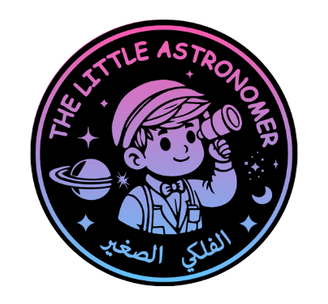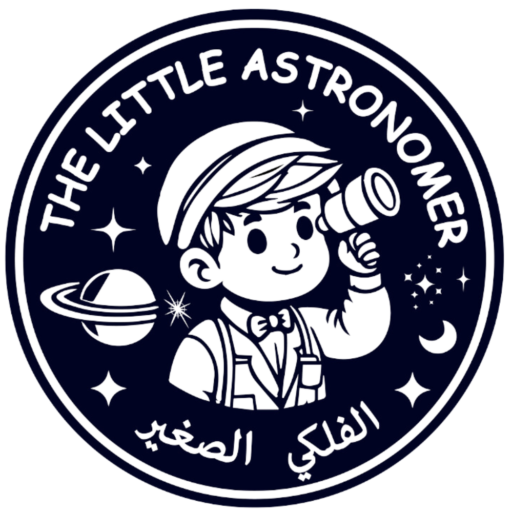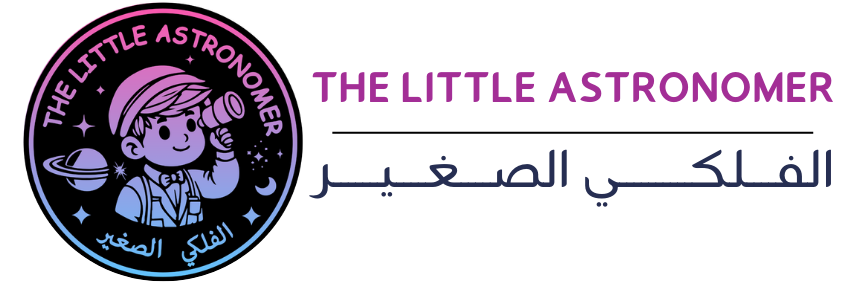
Astronomy has long captivated humans of all ages, sparking curiosity about the mysteries of the universe. Introducing kids to astronomy not only fosters their scientific curiosity but also enhances critical thinking, creativity, and an appreciation for our cosmic surroundings. This section outlines ten engaging astronomy activities for kids, supported by recent research and literature, providing a mix of hands-on exploration and creative learning to inspire young minds.
1. Stargazing and Constellation Mapping
Stargazing is an accessible way to introduce kids to the night sky. Using simple tools like star charts or free apps (e.g., SkySafari, Stellarium), kids can learn to identify constellations and major stars. According to NASA’s educational resources, this activity fosters spatial awareness and pattern recognition in children (NASA, 2021).

2. Build a DIY Telescope
Constructing a simple telescope from cardboard tubes and lenses is a fun, hands-on activity. This not only teaches the basics of optics but also encourages problem-solving skills. Books such as The Backyard Astronomer’s Guide emphasize the value of such activities in making complex concepts approachable for young learners (Dickinson & Dyer, 2020).

3. Moon Phase Tracking
Observing and recording the moon’s phases over a month connects kids with the cyclical patterns of celestial bodies. This activity is a cornerstone of many educational initiatives, as highlighted by the European Space Agency (ESA), which ties it to early lessons in astronomy and timekeeping (ESA Kids, 2022).

4. Create a Solar System Model
A scale model of the solar system using everyday objects helps kids understand the vast distances and relative sizes of celestial bodies. Research by the Planetary Science Institute shows that tactile learning aids like these enhance memory retention and engagement in young students (PSI Research, 2020).

5. Solar Observations (Safely!)
With proper solar viewing glasses or a simple pinhole projector, kids can observe sunspots and solar eclipses. This activity is supported by safety guidelines from the American Astronomical Society (AAS), which stress the importance of supervised learning (AAS, 2021).

6. Design Your Own Constellation
Encouraging kids to create and name their own constellations based on star patterns is a creative activity. It combines storytelling with astronomy and connects them to ancient cultures that used stars for navigation and mythology. Publications like Astronomy Now highlight this as a way to integrate history into science education (Astronomy Now, 2019).

7. Explore Astronomy Apps and Games
Interactive apps such as NASA’s “Eyes on the Solar System” or “Star Walk” offer gamified learning experiences. Studies in educational technology suggest that such tools increase interest in STEM fields among children (Journal of Educational Technology, 2023).

8. Meteor Shower Watch Parties
Organizing a family outing to watch a meteor shower introduces kids to celestial phenomena and helps them develop observational skills. The International Meteor Organization offers schedules and tips to make these events more accessible (IMO, 2023).

9. Launch a Bottle Rocket
Simulating a rocket launch using baking soda and vinegar demonstrates basic principles of propulsion. It’s an exciting way to discuss space exploration and inspire future astronauts. NASA’s Space Place provides detailed instructions for safe experiments like these (NASA Space Place, 2022).

10. Night Sky Photography
Teaching kids to photograph the night sky with simple cameras or smartphones is a rewarding activity that bridges art and science. Research from the Royal Astronomical Society suggests that such creative pursuits deepen students’ connection to astronomy and develop their observational skills (RAS, 2023).

Conclusion
These activities provide a balanced mix of education, fun, and creativity, offering an entry point for kids to explore the wonders of the universe. By engaging in these pursuits, children not only gain foundational knowledge of astronomy but also develop skills that are critical for lifelong learning. Embracing tools, resources, and guidance from reputable organizations like NASA, ESA, and local astronomy clubs ensures that these activities are both enriching and safe for young learners.


